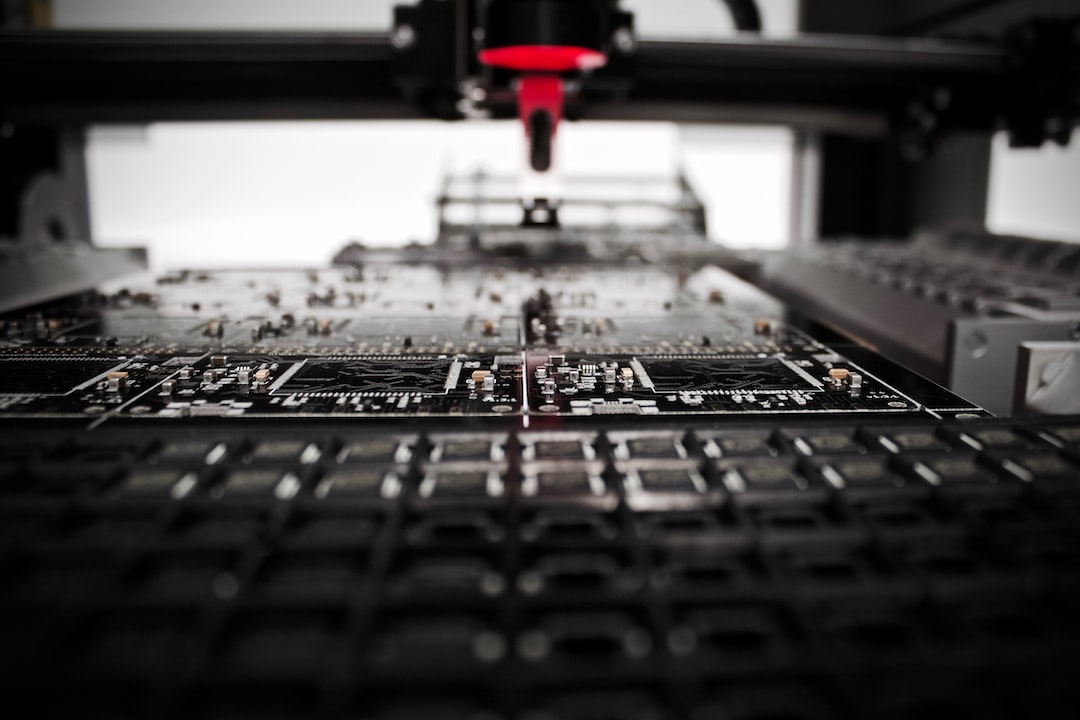The Evolution of Manufacturing Processes: From Handcrafting to Automation
Throughout history, manufacturing processes have constantly evolved and adapted to the needs of society. From the early days of handcrafting to the advanced automation systems we see today, the story of manufacturing is one of innovation, efficiency, and progress.
In ancient times, manufacturing was a manual and time-consuming process. Skilled artisans dedicated hours of physical labor to create products. Whether it was carving wood, shaping metal, or weaving textiles, everything was done by hand. These early craftsmen possessed a deep understanding of their materials and techniques, but their productivity was limited by the constraints of human labor.
As civilizations progressed, manufacturing started to shift towards mechanization. The invention of simple machines like the spinning wheel and the water mill revolutionized production capabilities. Tasks that once required significant physical effort were now aided by these machines, increasing output and speed. This mechanization enabled the establishment of more specialized workshops and the mass production of goods.
However, it was during the Industrial Revolution that manufacturing truly underwent a transformative change. The invention of steam power and the development of complex machinery propelled the shift towards factory-based production. With the steam engine replacing human and animal power, manufacturers gained the ability to produce goods on a scale never seen before. Factories emerged as large-scale production centers, employing a growing population of workers.
The assembly line system, pioneered by Henry Ford in the early 20th century, played a significant role in streamlining manufacturing processes. By dividing production into a series of tasks performed by specialized workers, production time was drastically reduced, leading to increased efficiency and lower costs. Ford’s innovative approach to manufacturing, which was initially used in the automobile industry, eventually found its way into other sectors, further revolutionizing the production process.
With the advent of computers and the digital age, manufacturing entered a new era of automation. Computer Numerical Control (CNC) machines, robotic systems, and advanced software now dominate modern manufacturing facilities. These technological advancements have completely transformed the way products are made. Manufacturers can now create highly complex and precise components with minimal human intervention.
Automation has not only increased production efficiency but also improved product quality and safety. Advanced sensors and monitoring systems ensure that manufacturing processes are closely monitored, minimizing errors and defects. Additionally, the use of robotics has significantly reduced the risks associated with hazardous working conditions, protecting workers and enhancing workplace safety.
Moreover, automation has also allowed for greater customization and flexibility in manufacturing. With the ability to easily reprogram machines and adjust production parameters, manufacturers can adapt to changing market demands more quickly. This level of flexibility has opened up opportunities for small businesses to enter niche markets and compete with larger manufacturers.
Despite these advancements, there are still challenges associated with automation in manufacturing. The high initial costs of implementing automated systems and the need for skilled personnel to operate and maintain them can be barriers for some companies. Additionally, the fear of job displacement due to automation is a concern that needs to be addressed. However, proponents argue that automation will lead to the creation of new, higher-skilled jobs that require human expertise in collaboration with technology.
Looking ahead, the future of manufacturing seems to be focused on further integration of automation and digitalization. The rise of technologies like Artificial Intelligence (AI), Internet of Things (IoT), and 3D printing are expected to revolutionize manufacturing processes even further. AI-powered systems can optimize production planning and decision-making, while 3D printing offers the promise of on-demand, customizable manufacturing.
In conclusion, the evolution of manufacturing processes from handcrafting to automation has been a journey marked by innovation, efficiency, and progress. From the early days of manual labor to the advanced technologies of today, manufacturing has constantly adapted to meet the changing needs of society. Automation has undoubtedly brought immense benefits, but it also poses challenges that must be navigated. As we look to the future, it is crucial to strike a balance between human expertise and technological advancements to achieve a sustainable and prosperous manufacturing industry.

